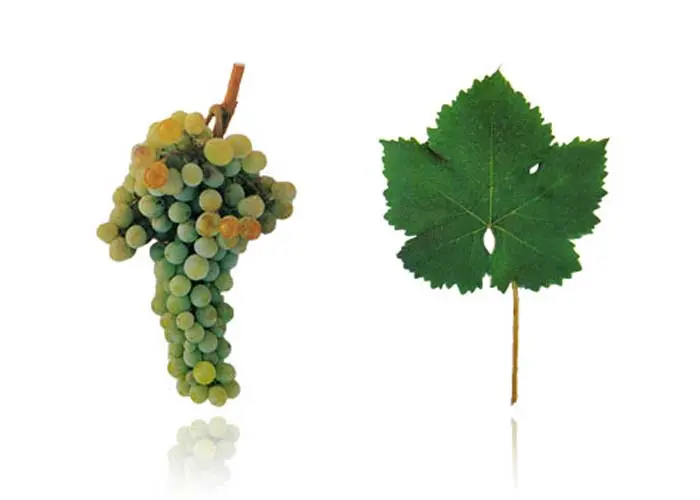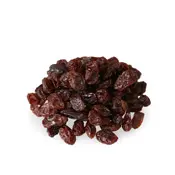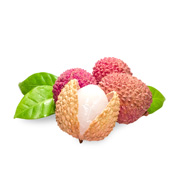Moscatel
The Moscatel grape, originally from the eastern Mediterranean basin, was introduced to Portugal during the Iberian invasions by the Roman Empire. It is the grape variety with the highest concentration of aromatic compounds, making it very easy to identify during blind tastings. However, if not well managed, it can produce overly exuberant and unbalanced table wines.
Often described as a “feminine” grape, Moscatel offers an aromatic range that includes dried grapes, lemon, lychee, pear, and linden flower. In naturally sweet wines, such as the famous Moscatel de Setúbal, it reveals its full potential when acidity is preserved, producing memorable wines with notes of orange zest, honey, spices, iodine, orange blossom, and acacia.
Moscatel de Setúbal, made primarily from Moscatel de Setúbal or Moscatel Roxo, is a fortified wine known for its aromatic richness, intense sweetness, and complexity, especially when aged in barrels. Young versions express floral and fruity aromas (orange blossom, peach, apricot), while aged versions develop notes of honey, caramel, dried fruits, and spices, with a smooth and silky texture.
Thanks to its unique aromatic palette and versatility, this grape is a pillar of Portuguese winemaking tradition, particularly in the Setúbal region, where the Mediterranean terroir is ideal for expressing its full complexity.


Associated aromas

Raisins
Lemon


Lychees
Pear